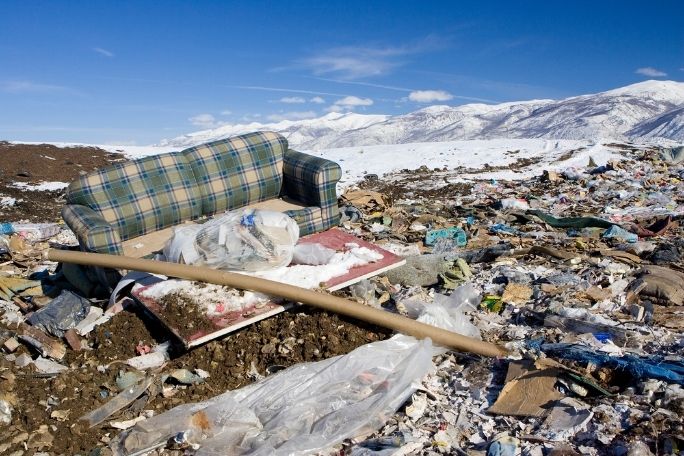Lesson summary
Students use mathematics to investigate and solve problems with litter around outdoor bins (may include rubbish, recycling and composting). They focus on answering questions about the causes of litter and if littering is related to distance from a bin. They use their data to work out the density and distribution of litter in relation to its proximity of bins. From their investigation, they suggest the most likely causes of littering and communicate their findings and solutions to the school community.
Learning intentions:
Students will...
- use area formulas for rectangles and triangles to solve problems involving areas of surfaces.
Lesson guides and printables
Lesson details
Curriculum mapping
Year 7 Mathematics:
- Establish the formulas for areas of rectangles, triangles and parallelograms and use these in problem solving (ACMMG159)
- Identify and investigate issues involving numerical data collected from primary and secondary sources (ACMSP169)
Year level: 7
Time needed: 90 min
Level of teacher scaffolding: Medium – demonstrate to students how to setup a five by five metre grid around waste bins so they can collect and record data about litter.
Skills
This lesson is designed to build students’ competencies in the following skills:
- Critical Thinking
- Problem solving
- Collaboration
Resources required
- Measuring tapes at least 20 metres long or trundle wheels
- Maps of the school with an approximate scale
Additional info
Planet Ark’s National Recycling Week started in 1996 to bring a national focus to the environmental benefits of recycling. This highly regarded annual campaign continues to educate and stimulate behaviour change by promoting kerbside, industrial and community recycling initiative. It also gives people the tools to minimise waste and manage material resources responsibly at home, work and school. In partnership with Planet Ark, we have developed lessons from early learning through to year 10 to help educators bring these important topics into the classroom.
National Recycling Week is held in the second week of November each year but you can recycle all year-round with these lessons which were designed to be used at any time. Click here to find out more about National Recycling Week and the Schools Recycle Right Challenge.


Welcome back!
Don't have an account yet?
Log in with:
By signing up to Cool.org you consent and agree to Cool's privacy policy to
store, manage and process your personal information. To read more, please see
our privacy policy here(Opens in new tab).
Create your free Cool.org account.
Many of our resources are free, with an option to upgrade to Cool+ for premium content.
Already have an account?
Sign up with:
By signing up to Cool.org you consent and agree to Cool's privacy policy to
store, manage and process your personal information. To read more, please see
our privacy policy here(Opens in new tab).